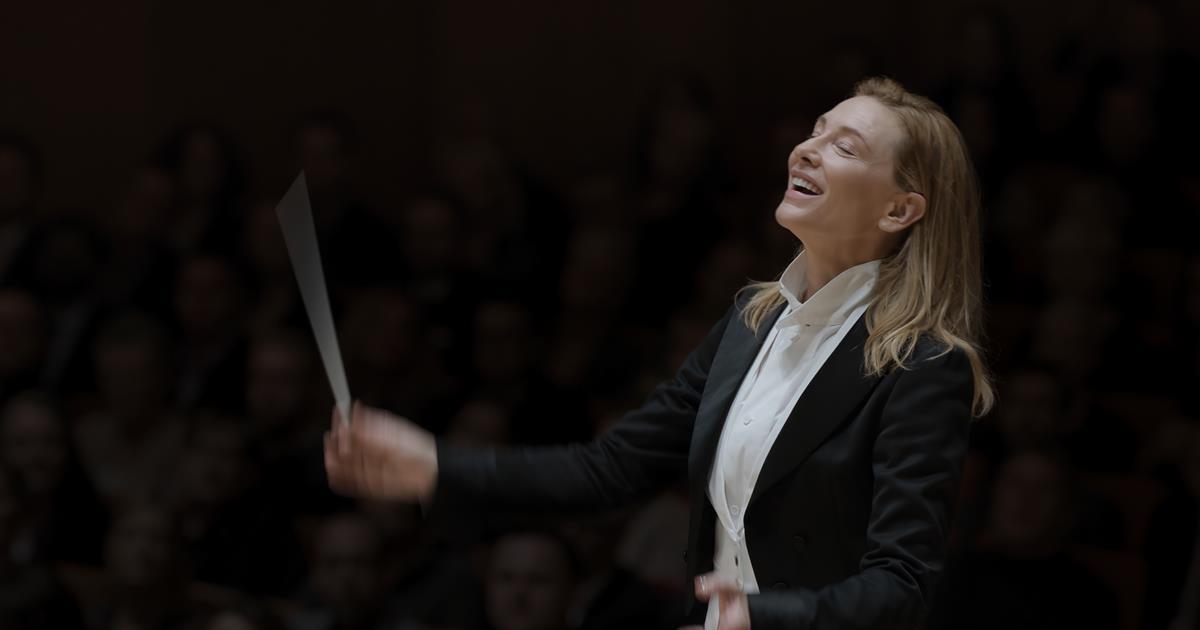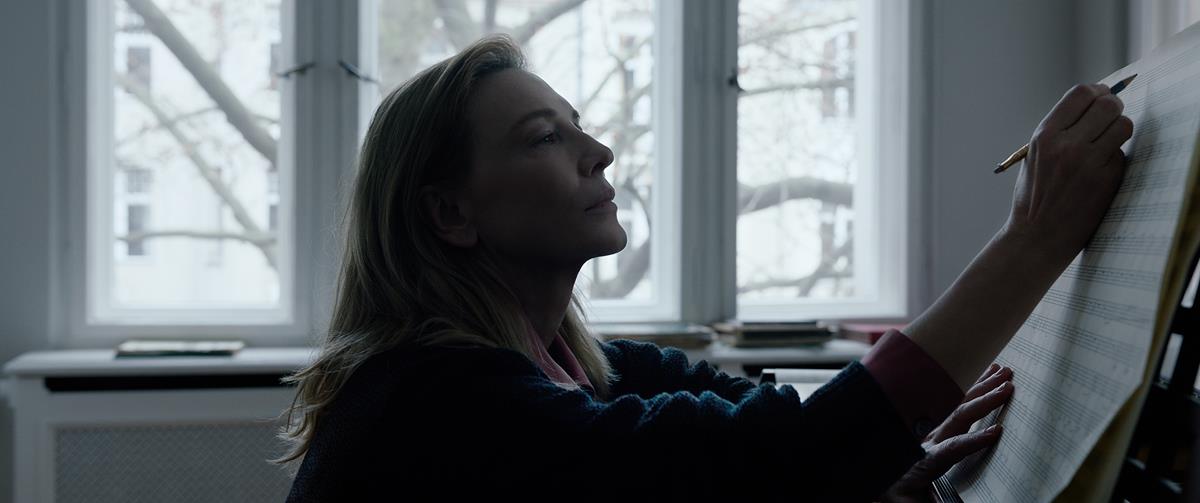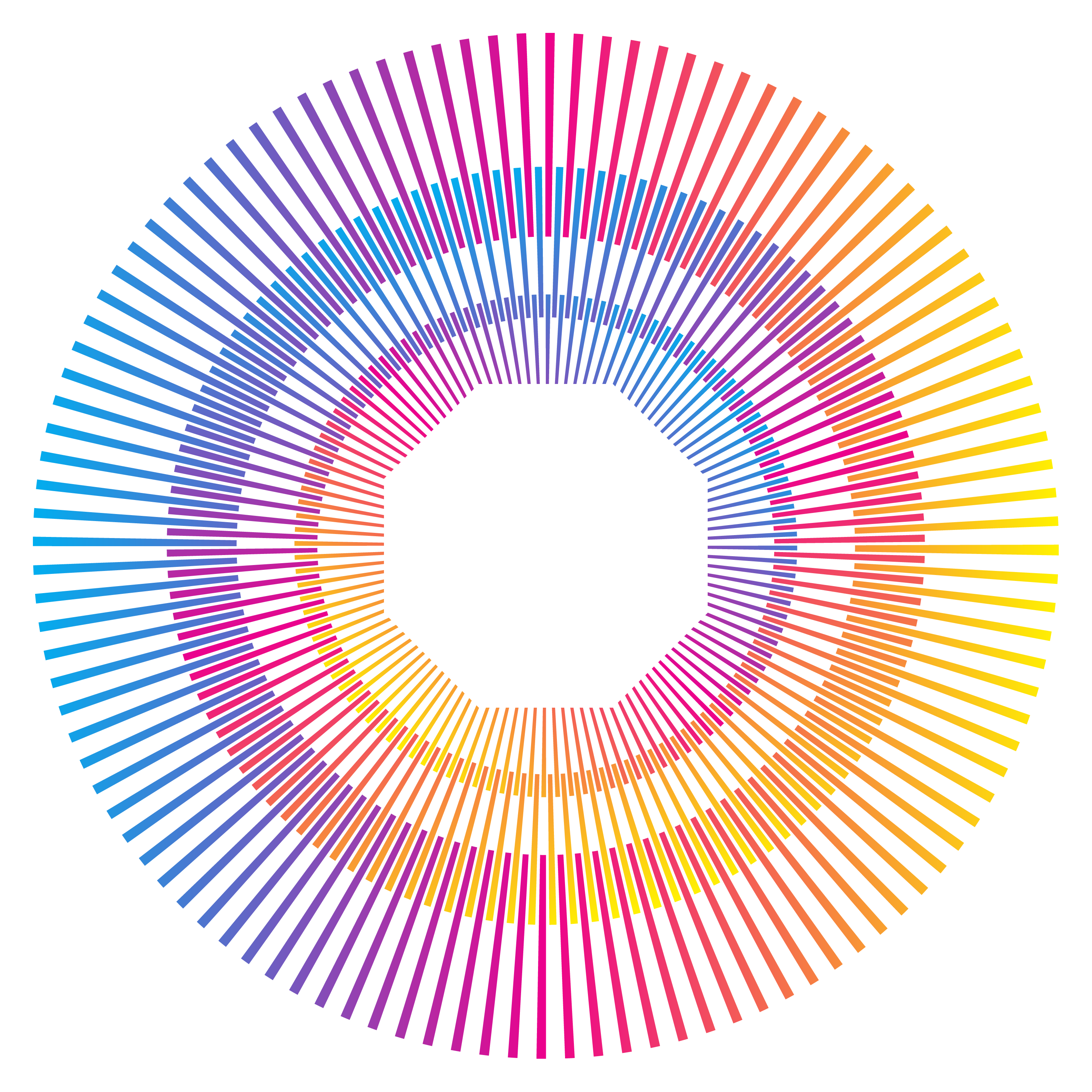
Tár, director Todd Field’s first feature film since Little Children in 2006, stars Cate Blanchett as Lydia Tár, an enormously successful orchestra conductor facing some potentially career-ending revelations and, perhaps worse, a reckoning with her own sense of the kind of person she is. The film, shot by Florian Hoffmeister (who received the Golden Frog at this year’s Camerimage Festival for the work), was designed as a character study to be presented in a way that meticulously avoids any sort of editorializing.
The audience is presented with scenes of the eponymous character’s behavior at work and in private and hints about past actions but Field ensured that nothing, from the performances to the editing to the music or sound design, is done in such a way as to announce how anyone should feel about it.
This concept, of course, informed Hoffmeister’s cinematography and, in turn, became a directive for Senior Colorist Tim Masick of Company 3 in handling the color grade.
Masick had gotten to know Field while grading a number of commercials Field directed during his extended hiatus from feature films. The colorist understood the directive, noting that the director “wanted the images to look authentic and untouched.”

Read It on Amplify: Control and Chaos: How Todd Field Tells the Story of “Tár”
There is a significant difference between working to make scenes look untouched and not touching the images. An acting performance that convinces the audience that everything just sort of happened without preparation can take enormous preparation to achieve. A scene that looks “unlit” can be the result of very precise lighting to yield that effect. And imagery that looks like it wasn’t color graded often requires many hundreds of tiny adjustments to get that point.
Selecting areas and using windows, keys, sharpening or a combination, it draws the eye to specific areas. This isn’t uncommon but, “We did this for pretty much every shot.”
Masick, who worked out of Company 3’s London location (principal photography was done in Germany) and graded in DaVinci Resolve 17, says of the color sessions, “We added quite a lot of subtle changes to the work Florian captured so beautifully. We went through every shot to add a small amount of shading here, a Power Window there to bring out certain elements of the frame.”

Early in the film, there is a long single-take scene with Tár and her devoted assistant Francesca (Noémie Merlant) riding together in the back of a limousine. An expensive large red Hermes handbag in-between the two should raise questions for sharp-eyed viewers. Earlier, the conductor had openly admired a bag just like this one. Is this the same bag? If so, how did she come by it? Might she have gone out and purchased one just like it? And what would the various scenarios say about the character?
“It’s very subtle,” Masick notes, “but as they speak back-and-forth, Francesca notices the bag and we ramp up the light on it. Not enough to notice anything unusual, just enough to draw the viewer’s eye.”
Later in the film, one of Tár’s questionable pursuits leads her through an area of derelict buildings which are very different from the opulent environments she’s been shown in prior.
As she moves around the crumbling structures, she moves in and out of shadow and Field had Masick enhance these transitions from light to dark areas to enhance the feel of the unusual space and to isolate and bring up portions of the frame that show water trickling out of an abandoned structure.
“This is the type of thing colorists often do, but I don’t think I’ve ever done it to this extent.
“Working with Todd is infectious because he is so precise about the meaning of every shot,” Masick sums up.
Each tiny adjustment was designed to slightly enhance the viewer’s understanding of what’s actually happening within the frame, “but he wanted everything we did to take away any sense that we were imposing ideas or feelings on top of the story, and that can involve a surprising amount of work.”

